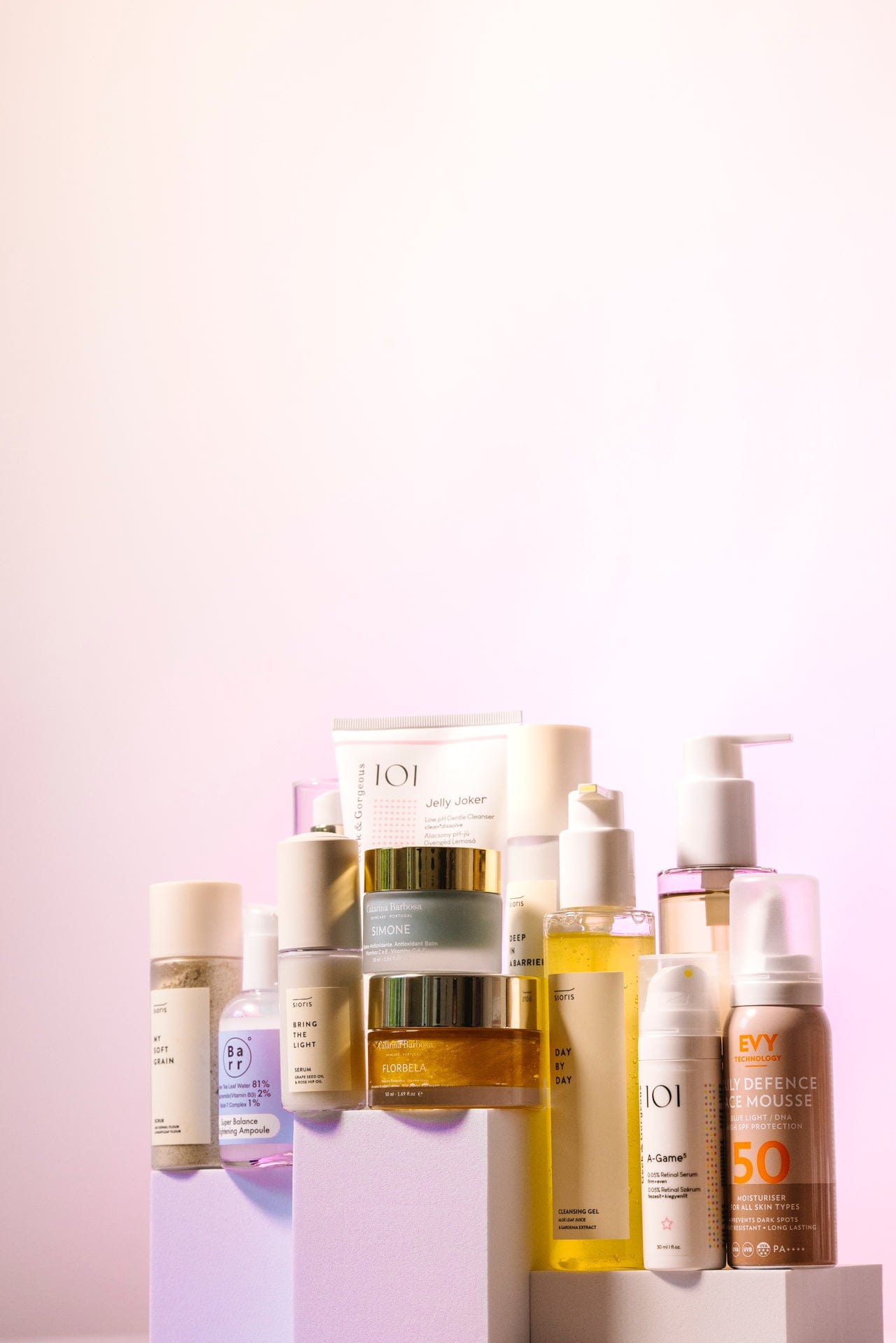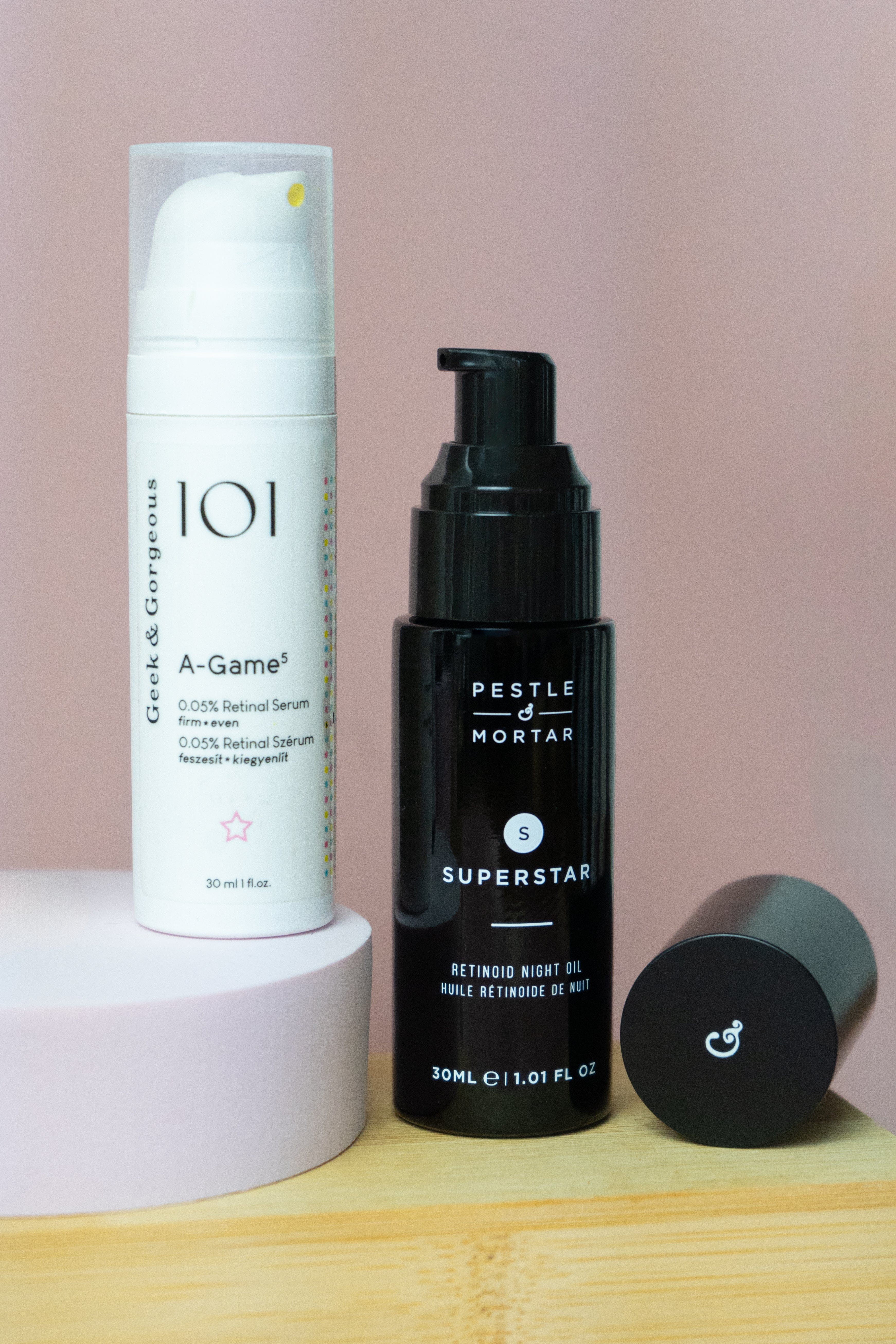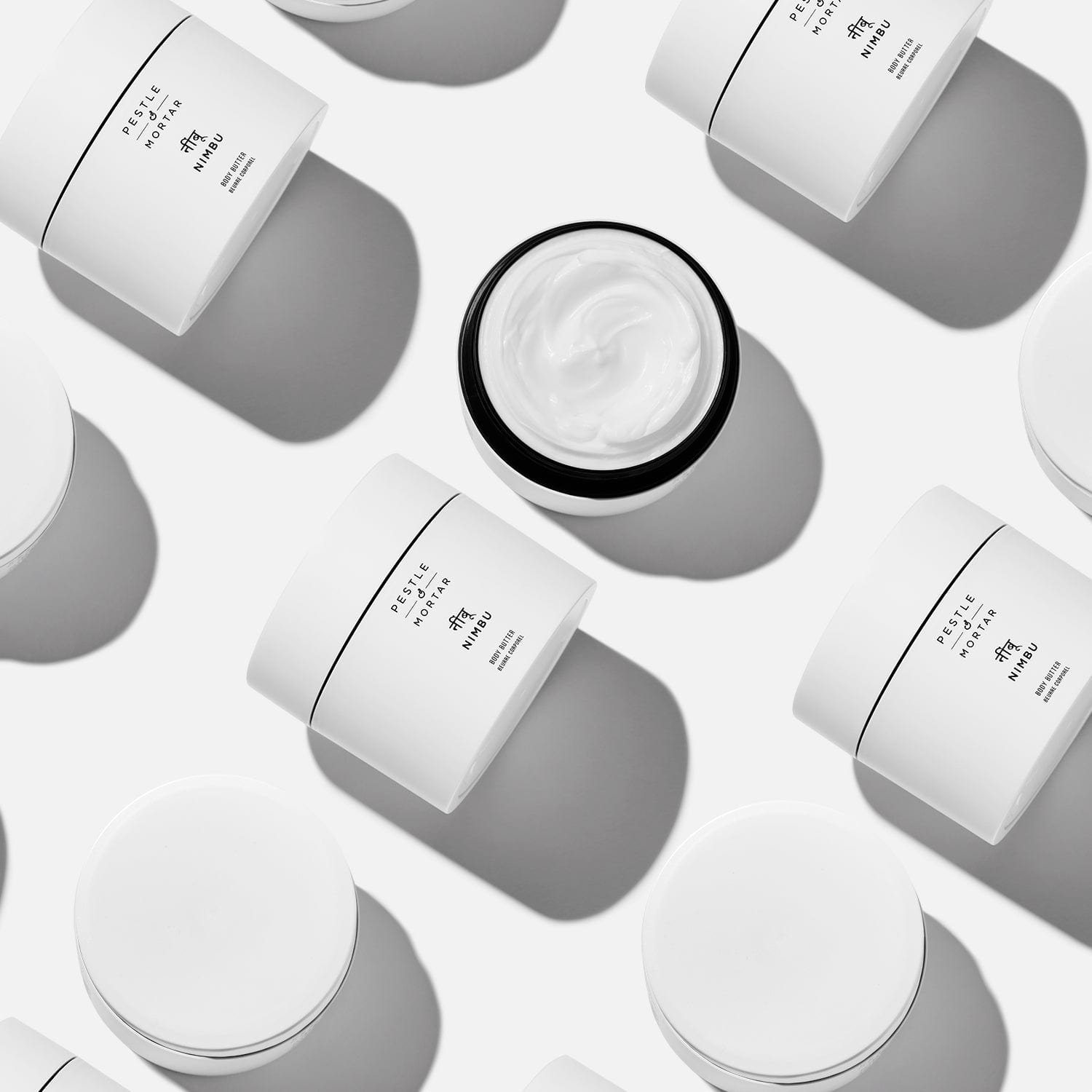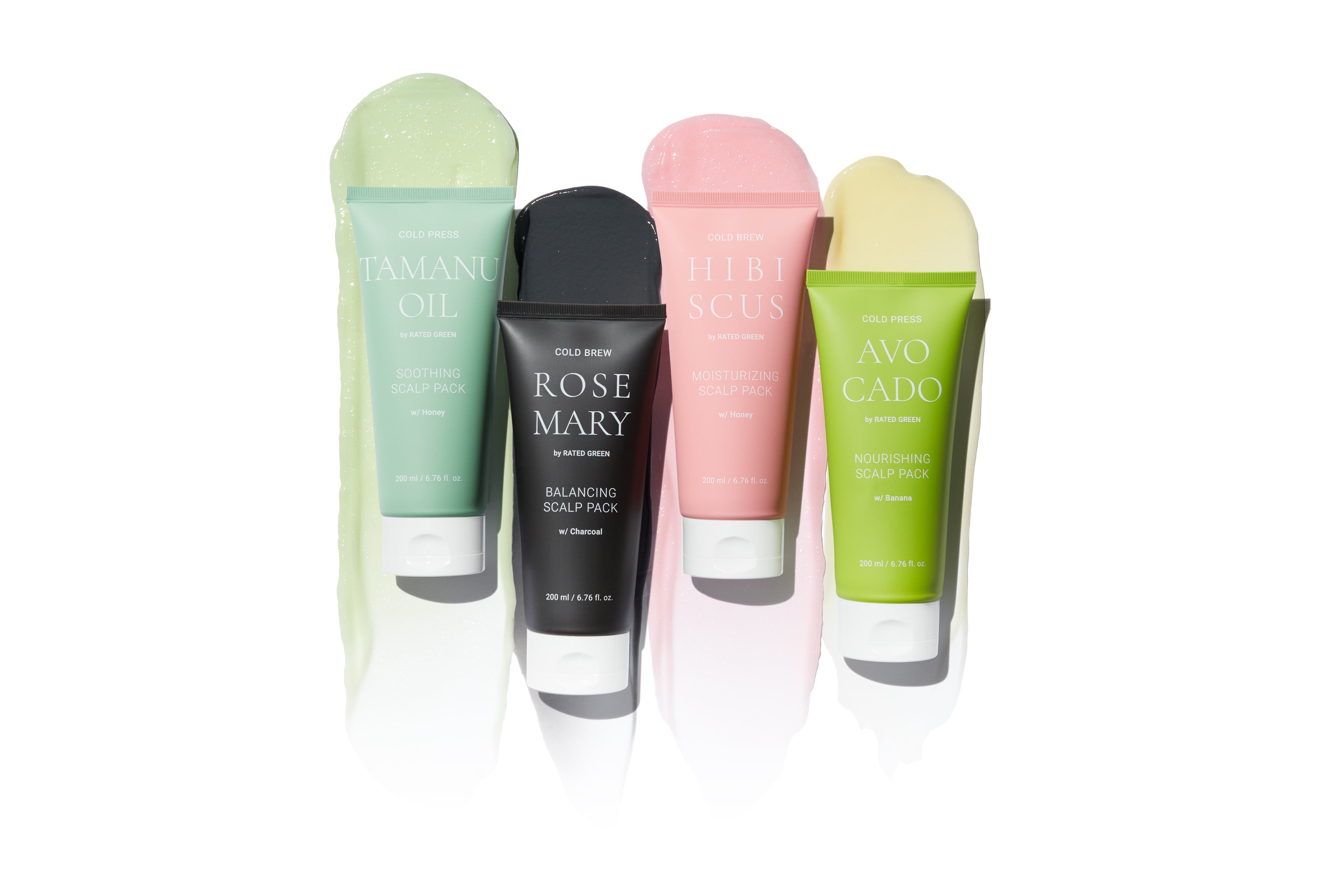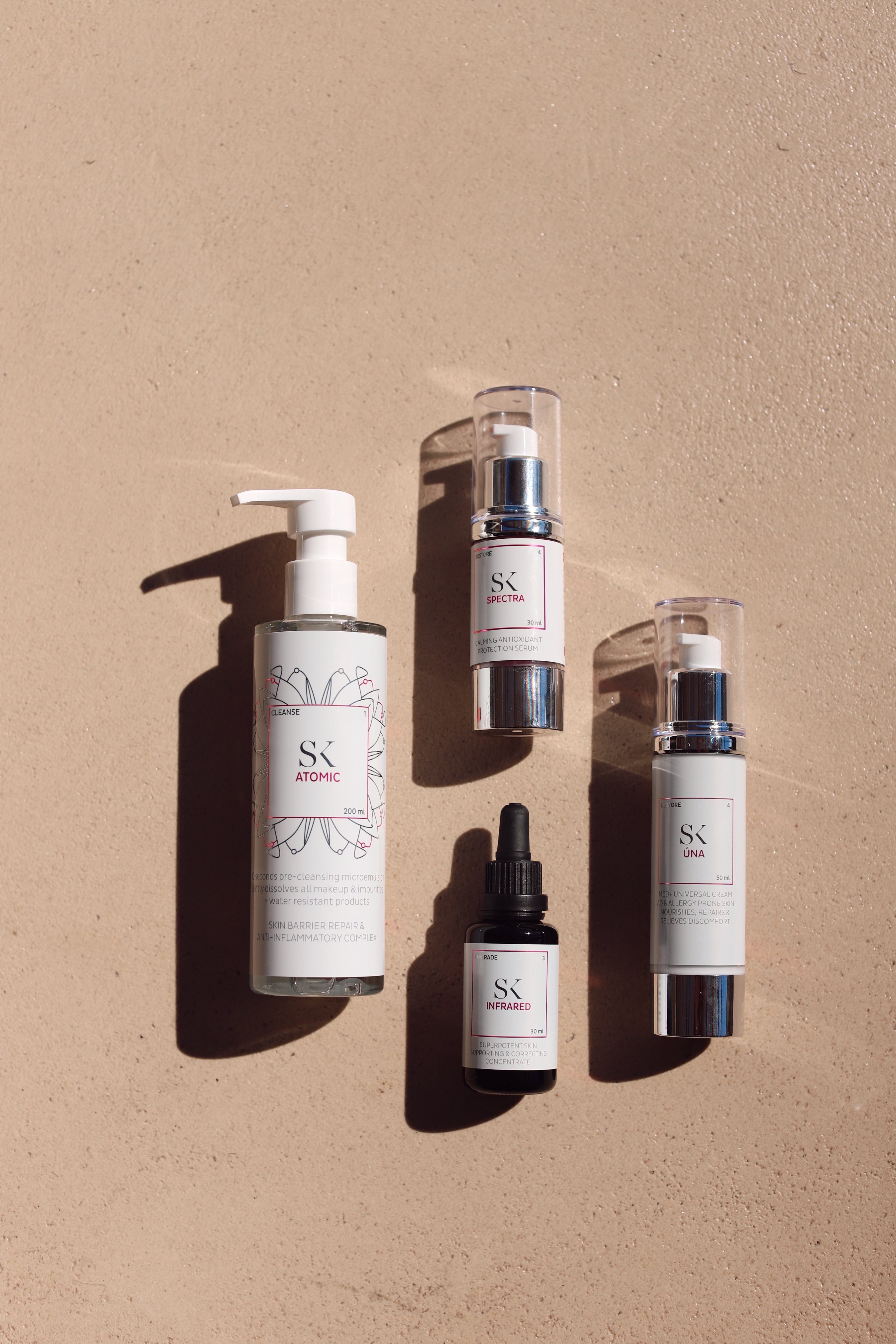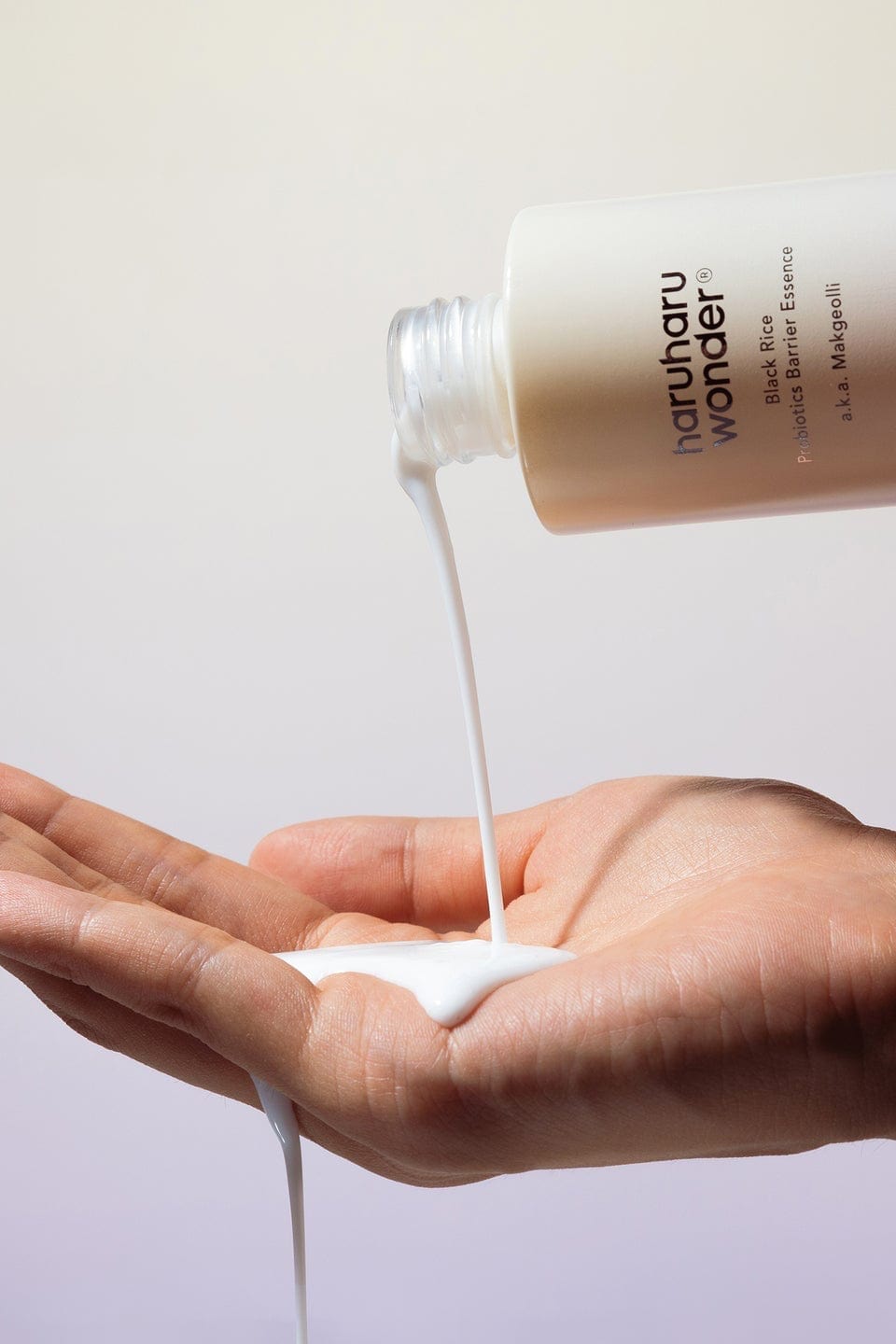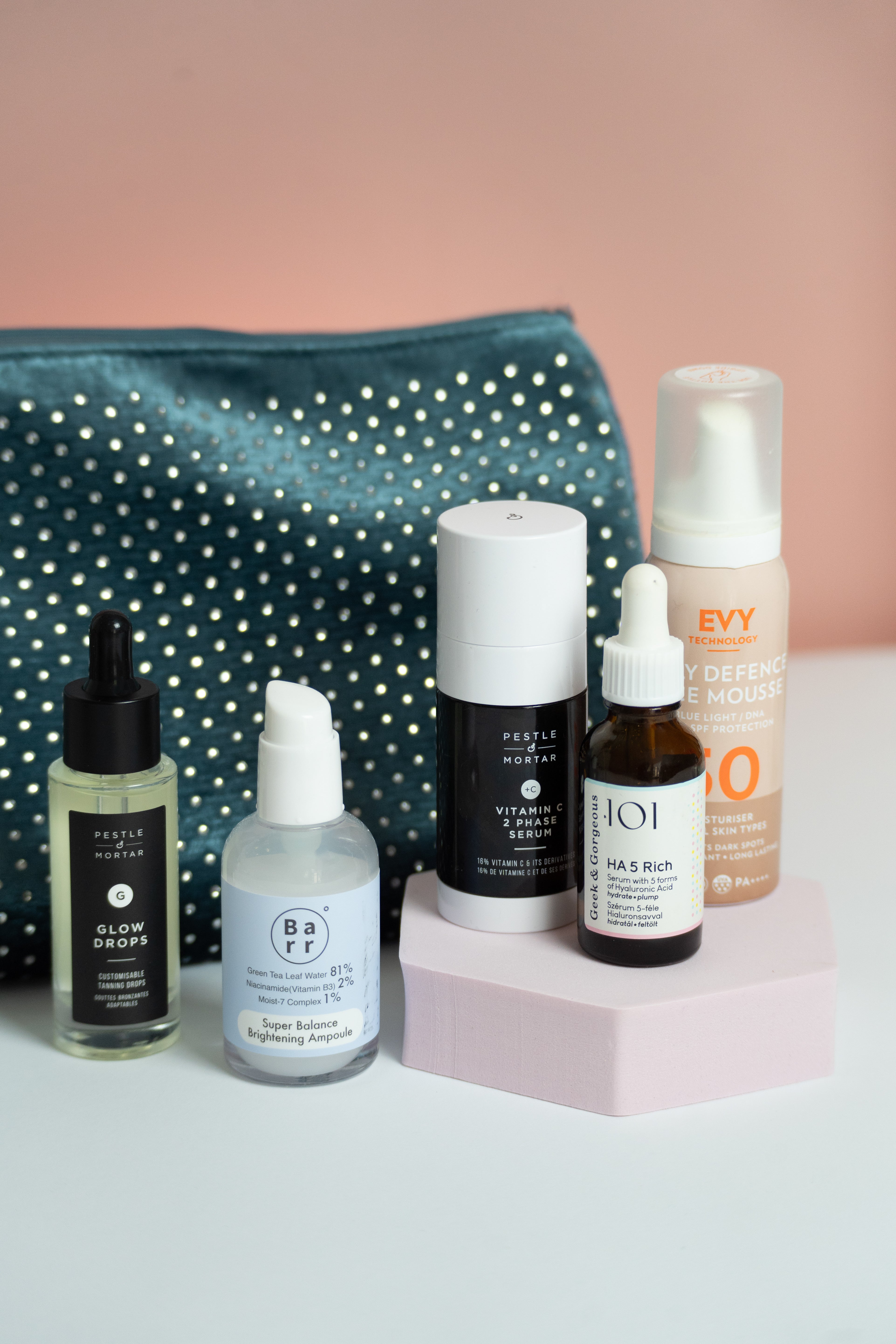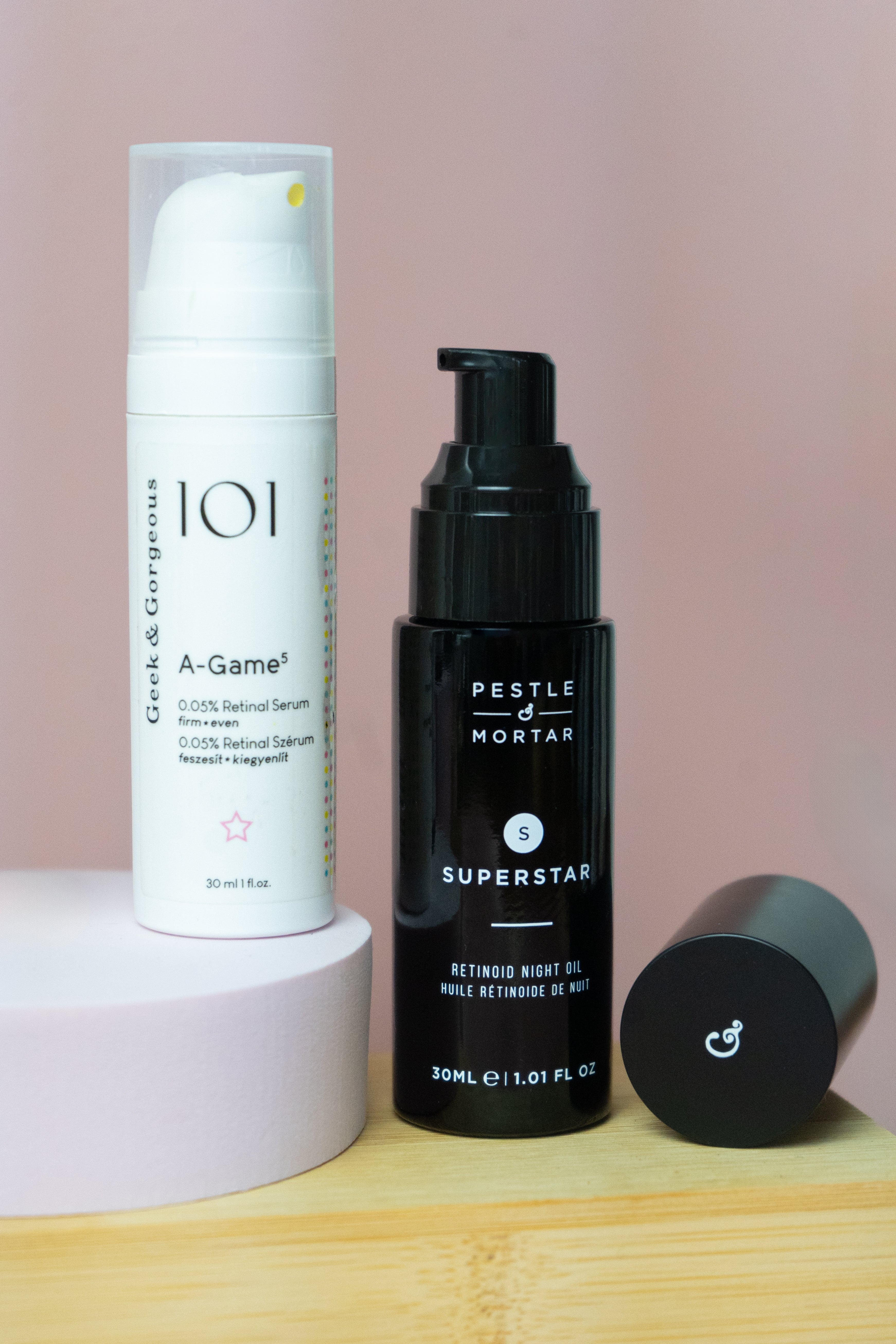If you’re a Korean Beauty enthusiast or someone with sensitive skin, you have probably heard about Cica and Centella Asiatica in skincare. These names are often used interchangeably, but is there actually a difference? And which one should you use in your routine?
Let us help you understand Cica vs. Centella Asiatica, their benefits, and how to choose the right Centella Asiatica skincare product for your skin needs.
What Is Centella Asiatica?
Centella Asiatica is a medicinal plant known for its skin-soothing and healing properties. It has been used for centuries, particularly in Asian skincare and herbal treatments, mainly to help wounds heal faster and reduce inflammation.
Nowadays, in the skincare world, Centella Asiatica extracts are used in serums, creams, and toners to calm irritation, strengthen the skin barrier, and provide intense hydration.
Key Benefits of Centella Asiatica in Skincare:
✔ Soothes irritation & redness – Ideal for sensitive or rosacea-prone skin.
✔ Strengthens the skin barrier – Helps protect against environmental damage.
✔ Deeply hydrates – Delivers long-lasting moisture without clogging pores.
✔ Rich in antioxidants – Protects against premature aging and oxidative stress.
✔ Supports wound healing – Speeds up skin recovery and reduces inflammation.
Centella Asiatica is commonly found in Centella Asiatica serums, barrier creams, and hydrating toners, making it a staple ingredient in Korean Beauty.
What Is Cica?
Cica is simply a shortened name for Centella Asiatica. The term “Cica” became widely used in Korean Beauty marketing, making the ingredient more recognizable to a global audience.
While “Cica” refers to Centella Asiatica, it often implies certain extracts or active compounds from the plant rather than the whole plant itself. These key components include:
-
Madecassoside – Reduces inflammation and enhances skin healing.
-
Asiaticoside – Helps stimulate collagen production and strengthen the skin.
-
Asiatic Acid & Madecassic Acid – Work as antioxidants to repair and protect the skin.
So, while all Cica products contain Centella Asiatica extracts, not all Centella Asiatica skincare is necessarily labeled as “Cica.” The difference lies in how brands formulate and market their products.
Cica vs. centella asiatica: Which one is better?
Now that we know that the difference lies on the marketing approach, the question that remains: are cica and centella asiatica products the same?
Well, not necessarily! Some products labeled as "Cica" may contain higher concentrations of specific active compounds from Centella Asiatica, while Centella Asiatica skincare may include the full plant extract. A good approach can be:
✔ Choose a Cica product if you’re looking for targeted skin repair with high concentrations of active compounds like Madecassoside.
✔ Choose a Centella Asiatica product if you want a more complete treatment from the entire plant extract, including deep hydration and antioxidant protection.
Both are highly effective, and the best choice depends on your specific skin needs.
How to choose the right centella asiatica product
There are many forms of Centella Asiatica skincare, including creams, serums, toners, and masks. Let’s break down how to choose the best option for your routine.
Best Centella Asiatica Cream for Dry Skin: Skintegra Cica-Cera Cream
If your skin feels dry, irritated, or compromised, a Centella Asiatica cream like Skintegra Cica-Cera is the perfect choice. Formulated with Centella Asiatica extracts, ceramides, and nourishing lipids, it helps:
- Moisturise and softens your skin (amino acids, glycerin, sodium hyaluronate)
- Heal wounds, soothing inflammation
-
Maintain the skin's microbiome in optimal condition (prebiotic effect)
Treatment for skin irritation: Geek & Gorgeous Stress Less
If you have sensitive skin prone to redness, a serum like Geek & Gorgeous Stress Less offers lightweight hydration while calming reactive skin. The combination of Beta-Glucan & Madecassoside will:
- Reduce redness and sensitivity, helping with flare-ups and breakouts
- Strengthen the skin barrier against external stressors.
- Moisturise due to beta-glucan moisturising capacity equivalent or higher than hyaluronic acid
If you have dehydrated skin: Barr Centella Calming Ampoule Toner
A lightweight hydrating toner is a great way to prep and calm the skin before applying serums to keep skin plump, hydrated, and irritation-free. The Barr Centella Calming Ampoule Toner, with 80% Centella Asiatica and Panthenol, helps:
- Deeply hydrate and balance the skin.
- Soothe irritation and redness instantly.
- Improve skin resilience over time.
Sensitive skin and post-acne dark spots: Haruharu Wonder Centella 4% TXA Dark Spot Go Away Serum
If your concern is that stubborn post-acne pigmentation (dark spot) while struggling with skin sensitivity, this K-Beauty serum can help. Powered by a 4% Tranexamic Acid (TXA) formula, it fades existing dark spots while preventing new ones from forming. The mix with Vitamin C, Niacinamide, and Centella Complex works to also:
- Boosts brightness & stops excess melanin
- Evens skin tone & regulates oil
- Soothes and hydrates sensitive skin – Centella Complex calms irritation, reducing redness and discomfort
Check out our Centella Asiatica curated selection of products
Final Thoughts: Should You Use Cica or Centella Asiatica?
At the end of the day, Cica and Centella Asiatica are essentially the same, but they are formulated differently depending on the product.
✔ If you’re looking for a powerful repair treatment, go for a Cica treatment with high concentrations of madecassoside, like Geek & Gorgeous Stress Less
✔ If you want overall soothing, hydration, and skin barrier support, choose a Centella Asiatica cream or toner.
Both are excellent choices, especially for those with sensitive skin, rosacea, or a compromised skin barrier. Adding this K-Beauty ingredient to your skincare routine is an effective way to strengthen and calm your skin.

